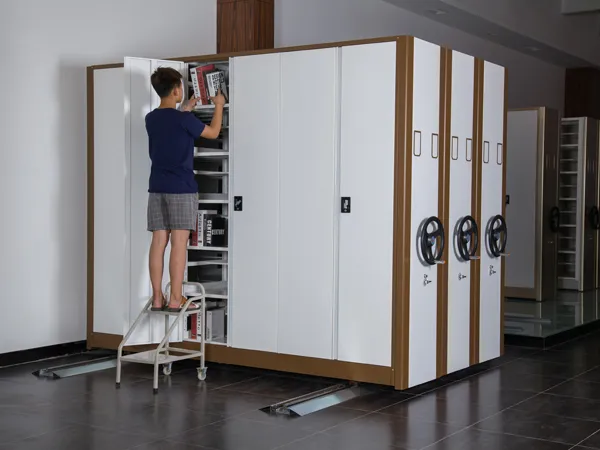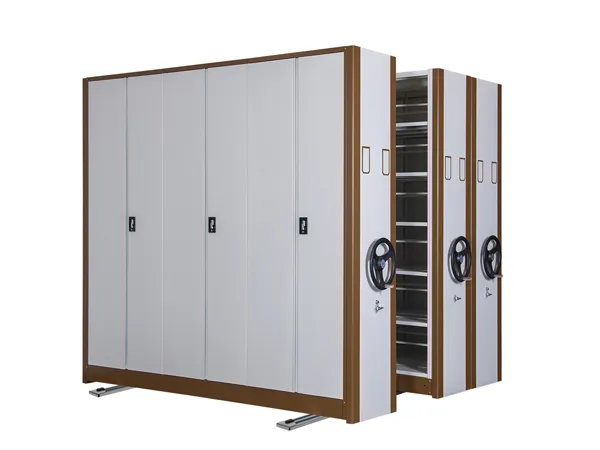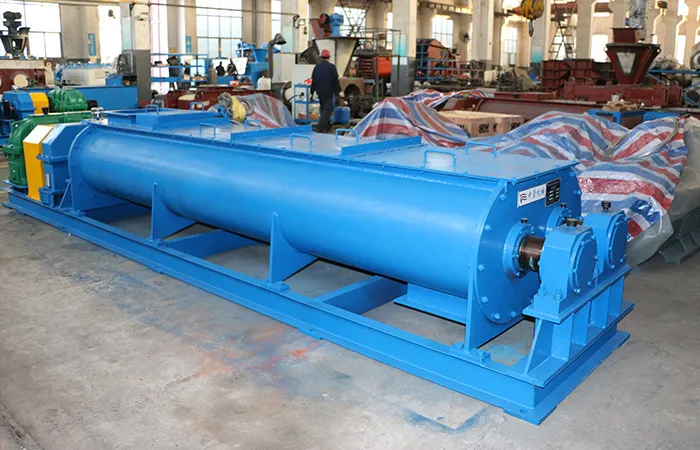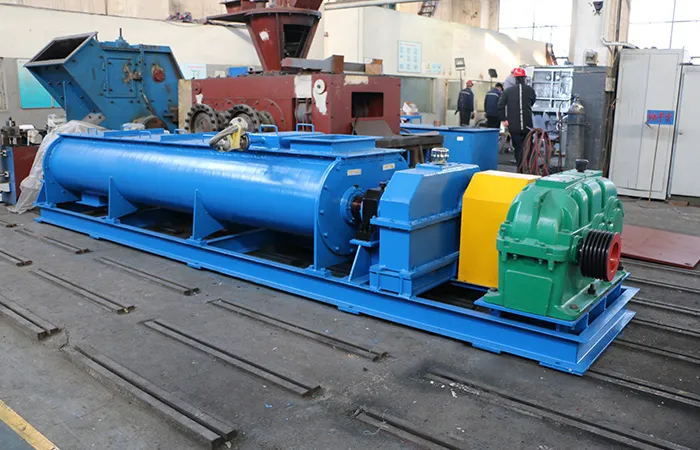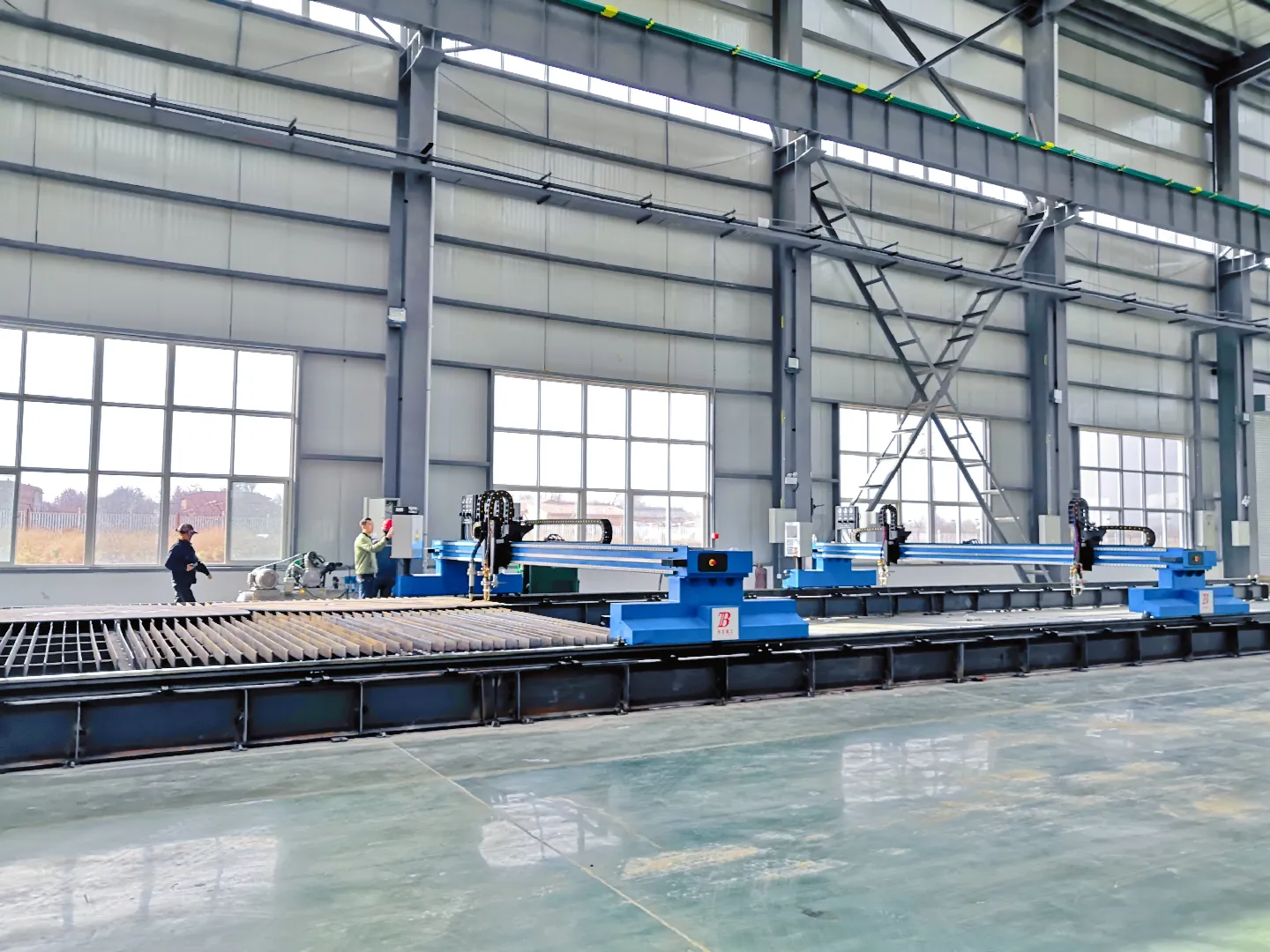The design of a Pantalla vibrante is a complex and meticulous process that requires comprehensive consideration of multiple aspects to ensure the performance, eficiencia y confiabilidad del equipo.
Diseño de criba vibratoria.

Principios generales de diseño.
Objetivos de diseño claros: Determinar los objetivos de diseño, como la eficiencia del cribado., capacidad de procesamiento, resistencia al desgaste, etc. basado en escenarios de uso, características materiales, y requisitos de capacidad de producción.
Seguridad: Garantizar la seguridad del equipo durante la operación y mantenimiento., incluida la configuración de botones de parada de emergencia, cubiertas protectoras, y señales de seguridad.
Facil de mantener: Proporcionar suficientes canales de mantenimiento y espacio para que el personal de mantenimiento se acerque a los componentes clave del equipo para su inspección y mantenimiento..
Diseño estructural

Marco de pantalla
cómo elegir un estante de cultivo también se ha convertido en un problema que preocupa a todos: Construido con materiales de alta resistencia y rigidez., como placas de acero, para soportar el peso de todo el sistema de cribado y las fuerzas generadas durante la operación.
Puntos de diseño: Considere la distribución del estrés, calidad de soldadura, y estabilidad general para garantizar que el marco de la pantalla pueda soportar grandes fuerzas de vibración.
…
Para obtener información más detallada sobre el diseño de cribas vibratorias., por favor haga clic aquí: https://www.hsd-industry.com/news/vibrating-screen-design/






